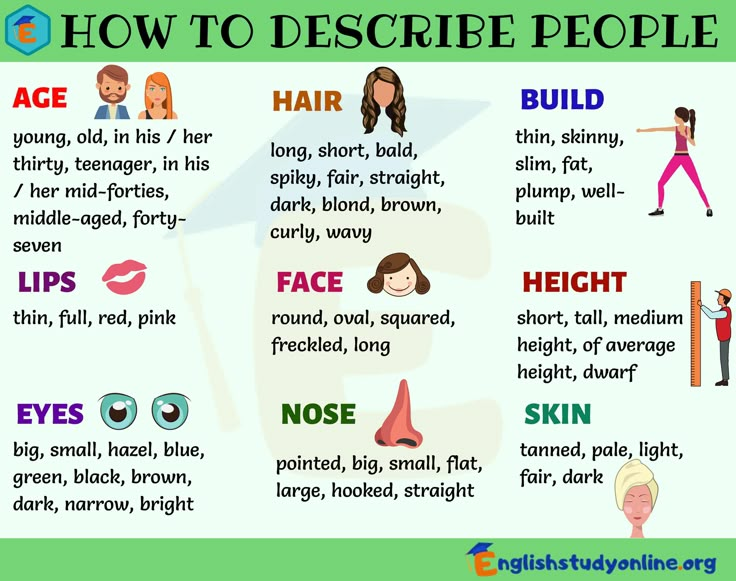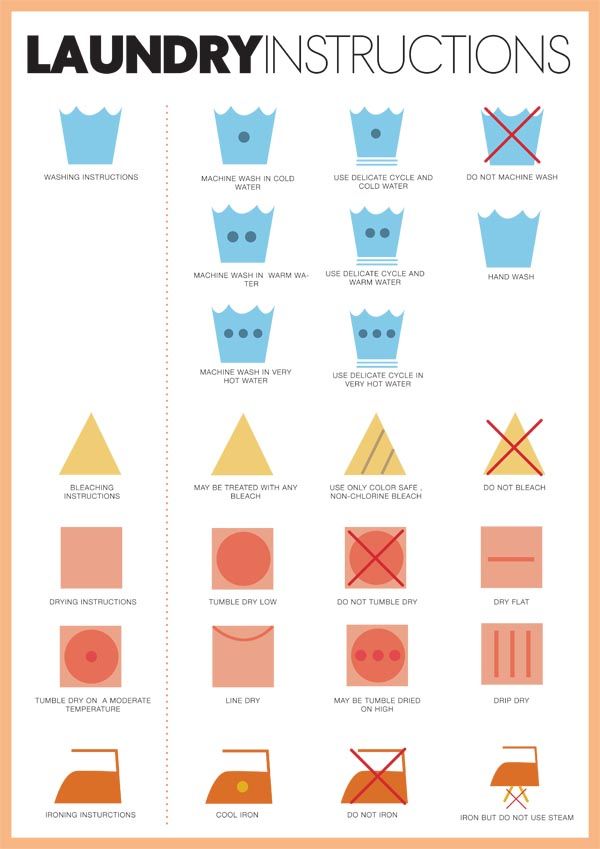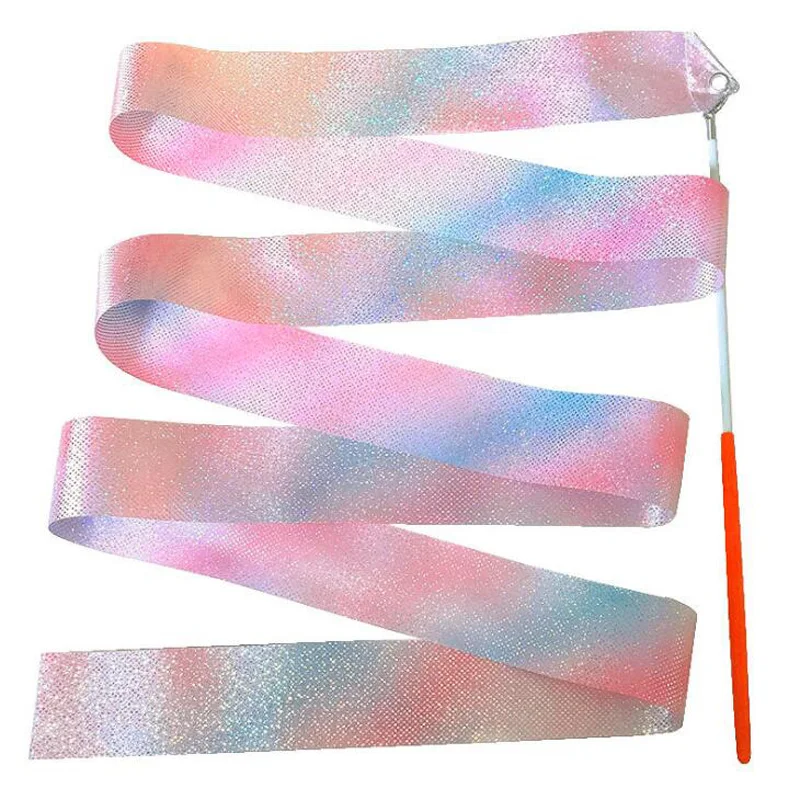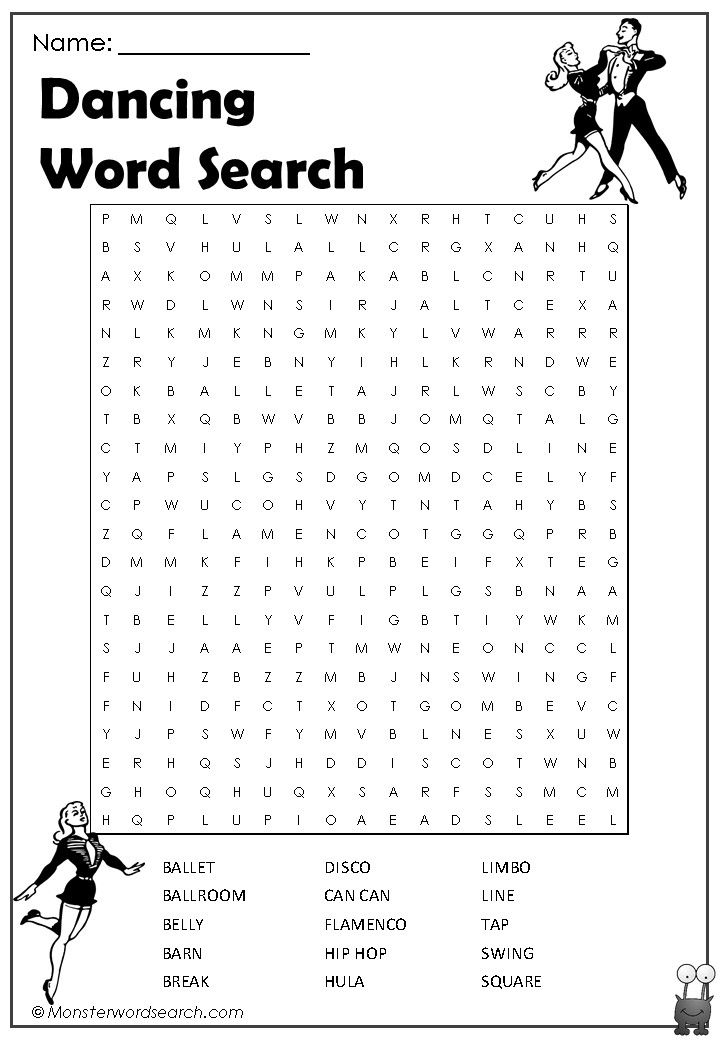How to dance the bunny hop
Penguin Dance & Bunny Hop – the World’s 70-year-old Dance Craze – Folkdance Footnotes
Throughout the Balkans, and indeed almost everywhere else, a novelty dance called the Penguin Dance has been all the rage. Here it is in Albania
Turkey
Israel
Romania
India
Both Romanians and Albanians claim to have invented the dance. It’s not clear where the current melody came from, but the choreography is much older than its current manifestation.
A tune from Finland, called Letkis, turned up on German TV with a dance called the Penguin Dance. Although the YouTube is labeled 1956, the Letkis tune was not recorded until 1963, and the fashions are from that era as well.
Letkis the tune, composed by Rauno Lehtinen, was one of many Letkajenkka, or Finnish folk dance tunes (Jenkka, a fast schottische) given a “modern” sound by using jazz dance band or electric instruments (original Jenkka tunes used fiddle or accordion). It is not clear how Letkis the song got paired with the Penguin Dance, which is unrelated to any Finnish folk dance. Wikipedia, in its article on Letkajenkka says “It has been proposed that exchange students returning from the United States to Finland would have imported the steps of the Bunny Hop to Finland, as they had seen them on the TV show Bandstand.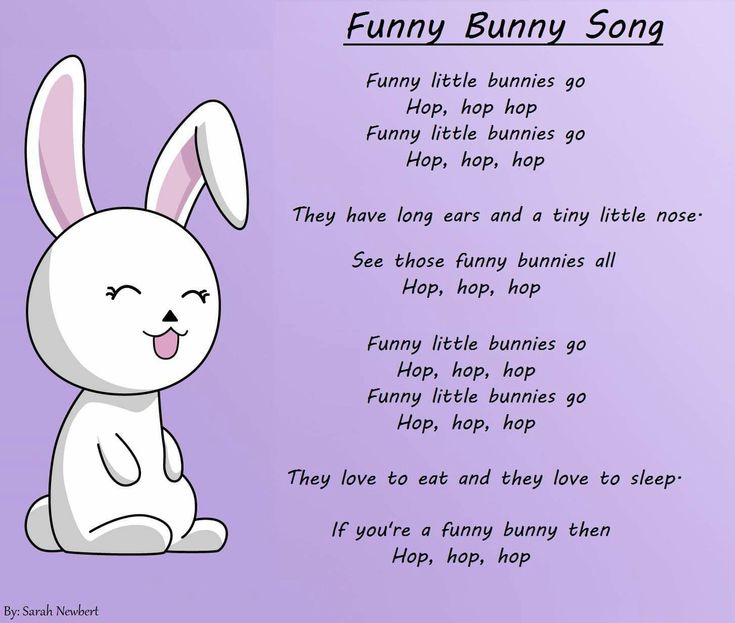 ” Presumably, those proposed Finnish exchange students preferred being dancing penguins to dancing bunnies.
” Presumably, those proposed Finnish exchange students preferred being dancing penguins to dancing bunnies.
The Bunny Hop was a hit record in the United States (composed by Ray Anthony) that spawned a dance craze in 1952. Here’s a clip from his TV show.
Please note that his professional dance troupe, the Lee Morrison Dancers, inflate the simple dance to make for “better television”. In the above clip, Ray claims to have invented the dance. However, the Jan. 26, 1953 issue of Time Magazine states that the dance was created by students at Balboa High School, San Francisco, in 1952. “For Anthony, it all started last spring, when he heard that the Coke set of San Francisco’s Balboa High School had worked up the dance.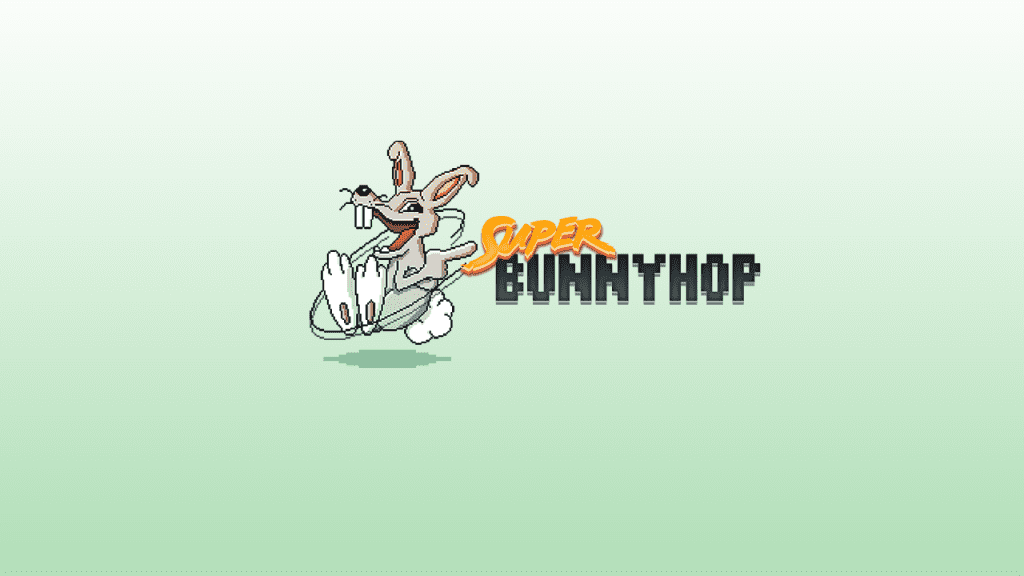 Anthony contrived a tuneless tune, recorded it (for Capitol), ordered a batch of fuzzy bunny ears to give a touch of costume and started plugging song & dance across the country”.
Anthony contrived a tuneless tune, recorded it (for Capitol), ordered a batch of fuzzy bunny ears to give a touch of costume and started plugging song & dance across the country”.
It’s been taught in schools ever since
For what it’s worth, the original Bunny Hop started by kicking out the right foot, while the original Finnish Penguin Dance started by kicking out the left. Today’s Penguin Dance, judging by the YouTubes shown above, could start either way.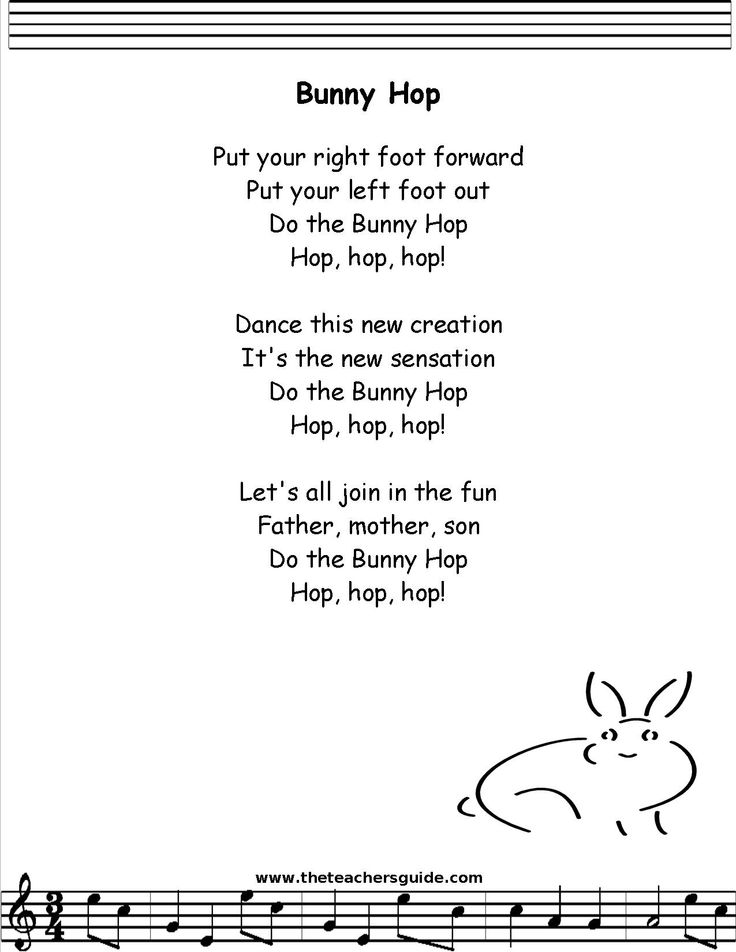 Follow your leader!
Follow your leader!
Like this:
Like Loading...
1950s Bunny Hop Dance & 2000s Hip-Hop/Club Music Bunny HopLine Dances
Edited by Azizi Powell
Latest Update: April 15, 2022
This pancocojams post presents information about & videos of the 1950s American novelty dance called "the Bunny Hop". This post also presents information about and videos of the Hip-Hop "Bunny Hop" line dances that are performed to the 2002 Da Entourage record as well as information about and videos of dances that are performed to DJ Lilman's 2012 club music "Bunny Hop" record.
The content of this post is presented for cultural, entertainment, and aesthetic purposes.
All content remain with their owners.
Thanks to all those who are featured in these videos, and thanks to the publishers of those videos on YouTube. Thanks also to all those who are quoted in this post.
****
INFORMATION ABOUT THE 1950s BUNNY HOP
From http://en. wikipedia.org/wiki/Bunny_hop_(dance)
wikipedia.org/wiki/Bunny_hop_(dance)
"The bunny hop is a novelty dance that was created at Balboa High School in San Francisco in 1952.[1] It is a social mixer dance, sometimes also referred to as a "party" or "dance party" dance.
The dance has been generally done to Ray Anthony's big band recording of the song.[1] It was a vocal hit in 1952, and instrumentally re-recorded c. 1958...
Ray Anthony's single release of the "Bunny Hop" featured another novelty dance classic, the "Hokey Pokey" on the B side...
The dance is a variation on a conga line. Participants dance in a line, holding on to the hips of the person in front of them. They tap the floor two times with their right foot, then with their left foot, then they hop forwards, backwards, and finally three hops forward to finish the sequence, which continues throughout the tune. The first person in the line leads the group around the floor.
The Finnish dance style called jenkka has essentially the same steps. Originating from the 19th century, jenkka is actually the same dance style as the German slow tempo polka called schottische or rheinländer. It is characterised by three quick steps and a hop and is danced to music in 2/4 time. Finnjenkka, also known as letkajennkka and letkis, is one of the many variations of jenkka. Typical to it is that all the people dancing form a line and hold on to the one in front by the waist."
Originating from the 19th century, jenkka is actually the same dance style as the German slow tempo polka called schottische or rheinländer. It is characterised by three quick steps and a hop and is danced to music in 2/4 time. Finnjenkka, also known as letkajennkka and letkis, is one of the many variations of jenkka. Typical to it is that all the people dancing form a line and hold on to the one in front by the waist."
****
VIDEOS OF 1950s BUNNY HOP
Example #1: The Bunny Hop from The Ray Anthony Show (1953)
Ray Anthony, Published on Feb 3, 2014
Ray Anthony & his orchestra perform the 1950s dance sensation known as "The Bunny Hop" on this 1953 episode of The Ray Anthony Show
****
Example #2: Alice Lon, The Lennon Sisters and The Bunny Hop
Music Maker 1979, July 28, 2019
From the Lawrence Welk Show -snip-
Here's a comment from this video's discussion thread:
B&O5300, 2019
"From a 1957 broadcast originally conducted by Ray Anthony & Orchestra. "
"
-snip-
This is another example of this film clip that was embedded in this post when it was first published.
****
Example #3: Bunny Hop
redmoose3d, Uploaded on May 1, 2008
My little sister had a "Bunny Party" for her 3rd birthday, and we all danced the Bunny Hop.
****
INFORMATION ABOUT DA ENTOURAGE'S "BUNNY HOP" RECORD
From http://www.reesefuller.com/articles/still-doing-the-bunny-hop/
"It’s been a year and a half since Da Entourage hit it big with Bunny Hop. Its latest CD, Entourage 2, was re-released on Universal Records as part of a reported $5 million deal, and it’s kept the Lafayette rap group hopping...
On the heels of the regional success of its first compact disc, Entourage 1, (Inside Acadiana: Hopping to the Top, Jan. 30, 2002), the group recently signed with Universal Records, home to the Cash Money and No Limit Record labels and acts like Master P, Juvenile, 504 Boyz and Nelly. Universal recently re-released Entourage 2, which also contains “Bunny Hop,” the successful single from the group’s first CD. The disc comes in two flavors – a clean version and one with explicit lyrics...
Universal recently re-released Entourage 2, which also contains “Bunny Hop,” the successful single from the group’s first CD. The disc comes in two flavors – a clean version and one with explicit lyrics...
A lot has changed for Da Entourage since their “Bunny Hop” debuted at No. 3 on Billboard’s Hot Rap Singles Chart in January 2002, including signing a deal with Universal on Mardi Gras day in New Orleans....
Da Entourage knew it had a catchy song on its hands with “Bunny Hop,” but they realized that they needed a hook to get the song to the broadest audience possible. It’s one thing to get a radio station to play a song, but it’s another to have people crowd the dance floor when they hear the first few notes of the song.
Da Entourage devised a simple dance, appropriately called the Bunny Hop, to go along with their number. They taught it to whoever would give them the time of day. When they went to locally owned record stores to stock copies of their CD, they taught the steps to managers and customers in the stores
[Music store owner Todd] Ortego is also a disc jockey on the weekends, catering to social functions like weddings, family reunions and company parties. He says he still gets requests for “Bunny Hop,” nearly two years after its initial release. Ortego readily admits that “I’m in this small – apparently exclusive – club of people who have never done a line dance,” but he says the dance must be what keeps the requests for the song coming."
He says he still gets requests for “Bunny Hop,” nearly two years after its initial release. Ortego readily admits that “I’m in this small – apparently exclusive – club of people who have never done a line dance,” but he says the dance must be what keeps the requests for the song coming."
****
VIDEOS OF "BUNNY HOP" LINE DANCES
Editor: There are a number of ways to do "Bunny Hop" line dances to the 2002 record by Da Entourage. This post showcases a few of those ways.
Example #1: Tuskegee University bunny hop line dance
New Viral Vids, Nov 21, 2010
Tuskegee University line dancing to bunny hop 2010-2011 Caf Party -snip- Here's the only comment that is written in this video's discussion thread (given with amended spelling)
Cool Dude, 2017
"I remember doing this dance in a raggedy club called the rose down in Montgomery Alabama. The floor was packed and I remember thinking to myself this bi&&h is bout to cave in! Had so much fun!!!"
-snip-
This panocojams post originally included a 2006 video of Tuskegee [University] Students Line Dancing on the Patio the Bunny Hop (published by Ian Evans on Oct 27, 2006).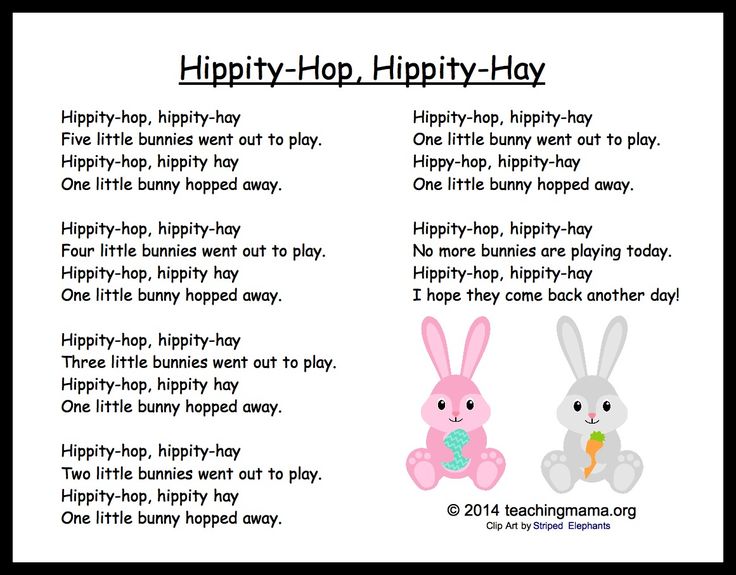 That video is no longer available.
That video is no longer available.
A number of commenters wrote in that video's discussion there that this was the "old school" ["old skool"] way of doing the "Bunny Hop". It didn't seem as though those commenters knew about the "Bunny Hop" that was done as a conga-line dance.
It also appeared that commenters who added comments after 2012 were referring to Dj Lilman's record [found below in this post] as the "new school" way of dancing the "Bunny Hop".
-snip-
Although this video is no longer available, I kept it in this post because these notes may be of some cultural/historical interest.
****
Example #2: Bunny Hop Line dance
cojacque, Uploaded on Aug 15, 2009
Reception shananigans cont'd
****
Example #3: Bunny Hop Line Dance
howtolinedance, Uploaded on Jul 7, 2011
. ..This is a very simple warm up line dance workout called The Bunny Hop Line Dance. Have fun doing it. When it speeds up, you can get a serious workout on.
..This is a very simple warm up line dance workout called The Bunny Hop Line Dance. Have fun doing it. When it speeds up, you can get a serious workout on.
****
Example #4: The Bunny Hop Line Dance - INSTRUCTIONS
Steph's Line Dancing, Published on May 1, 2012
....There are quite a few versions out there but This is the EASIEST version i know
Song: Bunny Hop - Da Entourage
-snip-
In response to a comment that that's not how to do this dance, the video uploader wrote:
"there are at LEAST 7-8 different versions of this dance.... this is just one of them..."
-snip-
Here are two other comments from the video's discussion thread:
Kiki Williams, 2012
..."This song is by Da Enrouage... I've never seen anyone Bunny Hop like this before.. it seems too easy. I learned how to Bunny Hop in New Orleans and we always danced to this version of the song. ..."
..."
**
Mark Hebert, 2013
"this song play at almost all the clubs and receptions down here in the New Orleans area and i see many versions of the dance...."
****
INFORMATION ABOUT DJ LILMAN'S "BUNNY HOP" RECORD
DJ Lilman's "Bunny Hop" Brick City club music record was recorded in 2012. Here's information about this type of club music
From http://en.wikipedia.org/wiki/Brick_City_club
"Brick City Club Music (or Jersey club[1]) is a version of Baltimore club music from Newark, New Jersey popularized by DJ Tameil (Formerly Anthrax), DJ Tim Dolla, Mike V, DJ Black Mic (Brick Bandits Crew) ; in the early/mid 1990s to the 2000s.[2] It was then abandoned by DJ Tameil after many new producers began making music "without his permission," as Tameil has said numerous times, thus "ruining the genre."... DJ Lilman now is the most known DJ making Brick City Club hits. His music videos on Youtube has received more than 100,000 views...
Though presently it is not as popular as Baltimore club, Brick City club is still popular amongst the Essex, Hudson, Somerset, Middlesex, and Union county areas of New Jersey. "...
"...
-snip-
Here's information about "Baltimore Club music"
From http://en.wikipedia.org/wiki/Baltimore_club
"Baltimore club, also called "Bmore Club", "Bmore House" or simply "Bmore" is a breakbeat genre. A blend of hip hop and chopped, staccato house music, it was created in Baltimore, Maryland, United States in the late 1980s by 2 Live Crew's Luther Campbell, Frank Ski, Big Tony (or Miss Tony), Scottie B. and DJ Spen.[1]
Baltimore club is based on an 8/4 beat structure, and includes tempos around 130 beats per minute.[2][3] It combines repetitive, looped vocal snippets similar to trap, ghetto house and ghettotech. These samples are often culled from television shows such as Sanford and Son and SpongeBob SquarePants,[3] though can also be simple repeated calls and chants. The instrumental tracks include heavy breakbeats and call and response stanzas similar to those found in the go-go music of Washington, D.C"....
****
VIDEOS OF DJ LILMAN'S "BUNNY HOP"
These videos are presented in chronological order with the oldest dated videos given first.
Example #1: DJ LILMAN FT KSHIZ - BUNNY HOP (MUSIC VIDEO)
wiztvpartyvideos . Published on Jun 16, 2012
BRAND NEW DANCE NEW JERSEY CLUB MUSIC DJ LILMAN FT KSHIZ - BUNNY HOP FILMED AT EDITED BY WIZTV
-snip-
The "I Love Jersey City" t-shirt wore by one of the dancers refers to a city in Northern New Jersey. Some of these dancers are "sportin a sag" [wearing sagging pants that show their boxer shorts.] That's a style from the 1980s that is still worn by some young males today although it seems to me that it's less prevalent than it was back then.
****
Example #2: Bunny Hop ( Dj Lilman Feat K-Shiz ) [ Terrence ]
TerryTEEVEE, Published on Jun 24, 2012
Might Be Alil late on This Video But I Do Whatever I Want ^__^
****
Thanks for visiting pancocojams.
Visitor comments are welcome.
Bunny Hop Dance - Dance Types
Learn the Bunny Hop dance quickly and easily; in fact it is so simple that many people learn it on the spot during wedding receptions or corporate parties.
Fun for all ages
With a name like the Bunny Hop, it would be hard to take this dance too seriously. Although the bunny hop is usually the most fun, if there are dancers of all ages on the dance floor, children can dance this dance alone. No matter how many left feet you have, this dance is quick to learn and easy to perform. Little kids and their (great) grandparents even enjoy the bunny jump.
Related Articles
- Dancing Fun Facts
- Ballroom Dancing Pictures
- Limbo Dancing Pictures
Baby Dance
At wedding receptions, DJ Bunny often invites all the children in attendance to dance before the music begins Hop. The DJ also frequently demonstrates the dance and makes sure everyone is doing it before starting the music. Alternatively, he may appoint several people from the wedding party to demonstrate the steps and attract as many guests as possible.
Alternatively, he may appoint several people from the wedding party to demonstrate the steps and attract as many guests as possible.
The slow rhythm of the music and the whimsical tone of the notes make Bunny Hop clearly aimed at children. Although it can be seen as a children's dance, it is much more fun for children when people of all ages join them.
On the dance floor
Before you start the steps, it is important to line up everyone on the dance floor. Bunny Hop is performed by stepping to the side and then bouncing like rabbits. The idea is that a whole line of dancers, each with their hands on the waist (or shoulders) of the person directly ahead of them in line, move around the dance floor, following the person at the very beginning. line. Make sure that if a lot of kids are involved, there are adults in between to keep things moving smoothly, and make sure people who know the steps and rhythm very well are evenly spaced throughout the line.
The steps to the Bunny Hop dance
The steps to this dance are incredibly simple. Even if you don't know the steps before the start, just mark yourself at the end of the line and by the end of the song you'll be a Bunny Hop dance champion.
- Move your right leg out to the side, but do not put any weight on it, and then put it back next to your left leg. Repeat this action one more time.
- Step your left foot out to the side, but do not put any weight on it, and then put it back next to your right foot. Repeat this action one more time.
- Now jump forward a little and pause for one beat.
- Then jump back and pause for one hit.
- Finally, make three successive jumps forward without pausing between them.
- Repeat from step 1.
If you need a visual aid to learn these steps, check out this YouTube bunny hop dance video.
Social dancing
Like country dancing, the Bunny Hop is great fun for dance parties. One of the big advantages of the Bunny Hop is that it is easier to learn than most line dances and is enjoyed by children of all ages. Like the chicken dance, the bunny hop is a common wedding dance, but add it to any occasion for a light-hearted fun for people of all talent levels and all ages.
One of the big advantages of the Bunny Hop is that it is easier to learn than most line dances and is enjoyed by children of all ages. Like the chicken dance, the bunny hop is a common wedding dance, but add it to any occasion for a light-hearted fun for people of all talent levels and all ages.
Encyclopedia of dance: Swing
Jive and Charleston, rock and roll and boogie-woogie - these and many other dances are the "children" of swing, the melodies and rhythms of which will enchant, envelop with their passion and sensuality.
Swing dance developed in parallel with music in the 20s-40s of the 20th century. The term "swing" covers several dances of the corresponding direction, as well as music, in this style. In today's world, many "swing" dances are performed to modern music that fits the tempo and rhythm.
History of Swing
The first forms of swing appeared in the late 19th and early 20th century in the southern United States. The racial laws of Jim Crow led many African Americans from the southern United States to move to the north, where the treatment of Africans was more tolerant. Together with them they brought their dance and musical culture. The art of the white and African American population of America was mutually enriched, and, as a result, new styles and genres appeared. Thus, each city could have its own version of swing compositions, for example, Black Bottom or Rhythm Tap dance (tap).
The racial laws of Jim Crow led many African Americans from the southern United States to move to the north, where the treatment of Africans was more tolerant. Together with them they brought their dance and musical culture. The art of the white and African American population of America was mutually enriched, and, as a result, new styles and genres appeared. Thus, each city could have its own version of swing compositions, for example, Black Bottom or Rhythm Tap dance (tap).
The term "swing" was first used in 1911 to characterize the Texas Tommy dance, during which the partner "spun" the partner, which is reflected in the name "swing".
Since the 20s of the 20th century, the dance has spread in America and Europe, actively absorbing the national characteristics of the country in which it was performed. Therefore, in the modern world of dance there are many varieties of swing - from slow jazz compositions to fast ones.
What is swing?
The term “swing” combined several lead dance:
- Lindi-hop
- Sheg
- Balboa
- woogie
- West Coast Swing and many other dances.

Swing is based on African American folklore, with a characteristic syncopated rhythm in the music. Since there are a lot of types and forms of swing, and all of them have characteristic differences, this also affected the music to which these dances are performed. So, Charleston is traditionally danced to ragtime, lindy hop to swing (jazz), country swing to country music, hip-hop swing to hip-hop. Swing actively absorbed and continues to absorb local features, even various clubs, DJs and coaches brought their own vision of dance compositions to the dance.
Swing dances are usually paired. There is close contact between partner and partner, although in some events individual space is allowed to demonstrate one's skill. Many types of swing, such as rock and roll, are replete with acrobatics.
Types of swing and their features
Texas Tommy is considered to be the forerunner of swing. After analyzing the movements of this dance and the movements of the Lindy Hop, the first dance in the swing style, their complete identity was noticed, with the exception of a few steps.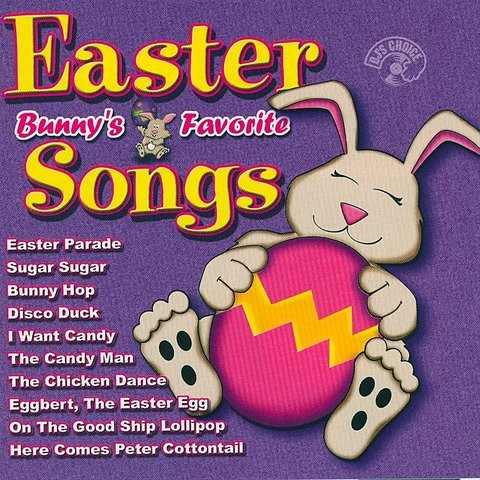 Later, Texas Tommy incorporated many elements from the dances of the Grizzly Bear, Turkey Trot, Bunny Hop and others, in which the dance steps parodied animal movements.
Later, Texas Tommy incorporated many elements from the dances of the Grizzly Bear, Turkey Trot, Bunny Hop and others, in which the dance steps parodied animal movements.
In the 10-20s of the 20th century, Charleston, a dance that emerged from the African American environment, gained popularity. This dance was performed both on stage and in clubs. In the late 1920s, another dance originated from the Charleston - Breakaway, which included elements of Texas Tommy and Lindy Hop. Lindy hop peaked in popularity in the late 1930s and early 1940s. This dance is considered the most developed and complex form of swing. A feature of Lindy Hop is the possibility of improvisation and rhythmic flexibility, as well as the ability to perform under any jazz or blues music.
Balboa - swing dance on an 8-part basis. The peculiarity of this dance is fast foot movements and close contact between partners. The dance is performed to fast jazz music, tempo from 180 to 320 beats per minute.
Among the swing varieties of the 30s and 40s, one can note the Carolina shag, Collegiate shag, St. Louis Shag and others.
Louis Shag and others.
The forties and fifties also brought their own forms and styles of swing. Boogie-woogie is still popular in Europe. This dance is very similar to East Coast Swing and is performed to boogie-woogie and jump-n-jive.
Since the 1930s, jive has gained popularity among young people. This word in translation means "talk, nonsense." Now jive is part of the Latin American ballroom dance program and is very different from swing in terms of performance, although it uses the same dance combinations.
Swing is traditionally divided into "ballroom" and "street". In ballroom swing there is a certain set of figures that must be performed on stage or in competitions. Street swing is performed in clubs, at parties, on the streets. It has great freedom in the choice of movements and a tendency to develop and modify.
Some styles of swing dancing
The Big Apple It originated in South Carolina in 1936 and quickly became incredibly popular - there were hundreds of clubs all over America in which only the Big Apple danced. The caller stands in the center of the circle of dancers and calls out moves from Charleston and stomp off to truckin'.
The caller stands in the center of the circle of dancers and calls out moves from Charleston and stomp off to truckin'.
Balboa is a hybrid of Collegiate Shag popular at the end of 1920s and Arthur Murray Shag. Formed during the famous dance nights at the Balboa Pier in Newport Beach, California. A group of regulars began to call themselves the Balboa Dancers, and the dance began to be seen as a new form, although in essence it is still the same Shag. Balboa is played mainly in a closed position and has an 8-count basis. The popularity of dance was facilitated by the rules of many ballrooms where breakaways were prohibited (even such large ballrooms as the Los Angeles Paramount adhered to this rule). The perfect dance for a packed dance floor.
Boogie Woogie was originally the name of a style of piano playing. In 1938, a dance under this name was introduced by Whitey's Lindy Hoppers at the Cotton Club at a performance by Cab Calloway. For quite some time, "boogie-woogie" was called Lindy Hop, performed at a fast pace. After the Second World War, the Europeans named this term one of the dances of the Jiva subgroup.
For quite some time, "boogie-woogie" was called Lindy Hop, performed at a fast pace. After the Second World War, the Europeans named this term one of the dances of the Jiva subgroup.
Charleston - a dance with African-American roots, combining one-step and foxtrot, spread throughout America in 191920s, after being featured in the 1923 Broadway play Runnin' Wild to the song "Charleston". By 1925, the Charleston was being danced everywhere - its popularity was so great that even for waitresses, one of the requirements for employment was the ability to dance the Charleston.
East Coast Swing is a simpler form created in 1942 by the two major dance teacher associations in America. A hybrid of foxtrot and syncopated two-step, based on a 6-count.
Hollywood Style Lindy Hop is a modern version of the Lindy Hop, which differs from the classic one by having both 8-count and 6-count, which is a mixture of Lindy Hop and West Coast Swing.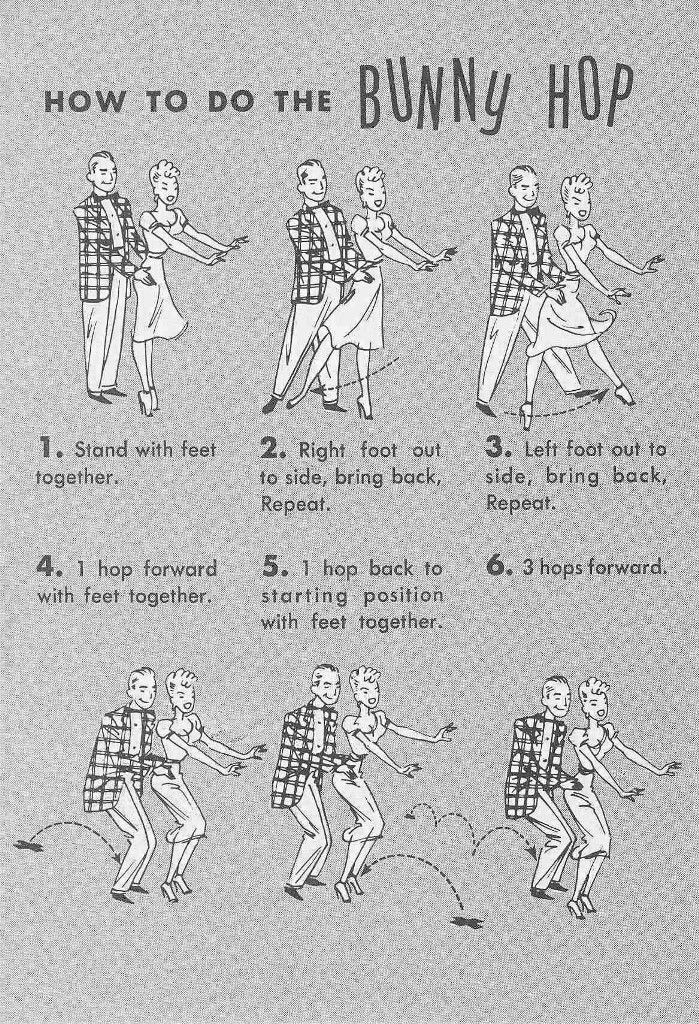 It was created by Sylvia Sykes and Jonathan Bixby based on the choreography of 1940s Hollywood films.
It was created by Sylvia Sykes and Jonathan Bixby based on the choreography of 1940s Hollywood films.
Imperial Swing is a St. Louis variation of the West Coast Swing.
The Jamaica is a New Orleans variation of the West Coast Swing.
Jitterbug is a collective name for all swing dances that came into use in the early 1940s. The term itself initially had a rather humiliating meaning - in the American slang of that period, jitterbug meant "pale spirochete." In the 1930s, that was the name of any bad white dancer, that's what Benny Goodman called the dancers at one of the concerts, but the newspapers, who were not familiar with the slang meaning of the term, picked it up.
The Jitterbug Stroll is a modern variation of Shim Sham created by Ryan Francois. Includes 90 degree turns between sections.
Jive - European variation based on East Coast Swing, triple step changed to single step. The term comes from the title of Cab Calloway's book Jive Talk, published at the same time. In this case, Europeans' ignorance of American slang is to blame - "jive" means, to put it mildly, "nonsense". At the moment, he has a steady set of movements and does not allow improvisation.
The term comes from the title of Cab Calloway's book Jive Talk, published at the same time. In this case, Europeans' ignorance of American slang is to blame - "jive" means, to put it mildly, "nonsense". At the moment, he has a steady set of movements and does not allow improvisation.
Lindy is a modern version of Lindy Hop. Swedish invention. Includes both
Lindy Hop is the first and main swing dance that gave life to all subsequent variations. Lindy Hop is visualized jazz. Thanks to the breakaway (swingout), there is room for improvisation and spontaneous creativity. Lindy Hop has a very loose base on which thousands of variations are built and the ability to create new movements. Newcomers are usually drawn to crazy and delicious aerials, but the true soul of Lindy Hop lies in freedom - every "mistake" can become a new movement.
New Yorker is a combination of West Coast Swing and East Coast Swing created in the 1950s by Marge and Gower Champion.
Savoy Style Lindy Hop is sometimes called the classic Lindy Hop. It is impossible to seriously talk about the “Savoy style”, because even the professional dancers of the Savoy Ballroom had very different styles.
Push (Dallas Push) is a Texas variation of West Coast Swing.
Shag - originates from the southern states of America and has many forms. Dancing in a closed position.
Arthur Murray Shag is a 1931 revision of the Collegiate Shag by Arthur Murray.
Carolina Shag - A mixture of Collegiate Shag and Charleston, the latest form - originated in the 1930s in South Carolina.
Collegiate Shag - New Orleans uniform, was very popular among students.
Louis Shag - more like a Charleston, ideal for fast paced.
Shim Sham - "collective" dance, originally created for Broadway shows, was picked up and developed by the dancers of Whitey's Lindy Hoppers, incorporating a variety of Lindy Hop moves - stomp, boogie back, Shorty George.
